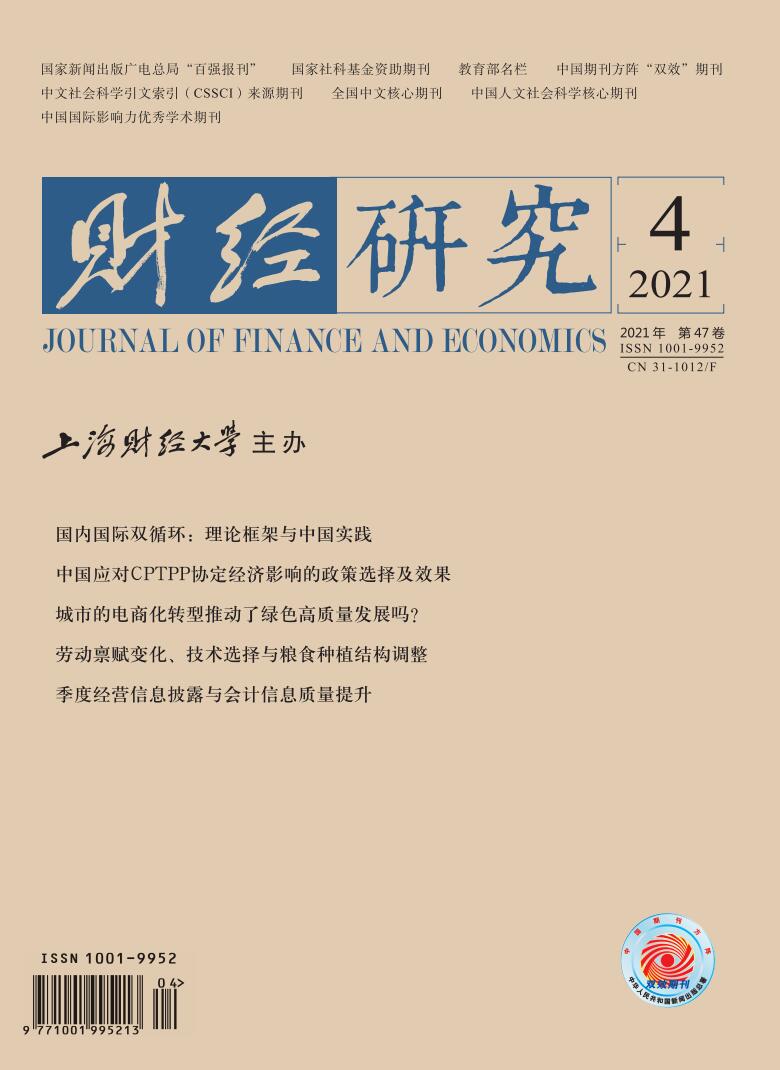Since the COVID-19 outburst in the end of 2019, many countries have implemented food export restrictions, which has tightened food security expectations and caused concerns over food security issues. Food security has a strong implication for national security. It is urgent to investigate food production and, particularly, the rising labor cost on food security in China.
The existing literature has carried on many beneficial discussions, but there are at least two deficiencies. First, it mainly focuses on the changes in total amount of grain, instead of incorporating structural issues within grain. Second, most of it only investigates the technological progress in mechanical equipment, which might compromise the understanding of food security. This paper re-examines the impact of rising labor prices on the overall and different types of grain production, and finds that labor prices have a positive effect on the proportion of planting in grain. However, the effects on different grain crops are heterogeneous. Labor prices have significantly increased the proportion of rice, wheat, and corn, but reduced the proportion of soybeans and other grain crops. The changes in the relative price of factors have significantly induced the increase of the machinery and biological input of rice, wheat and corn, and significantly induced the machinery input of soybeans, but not significantly induced the biological input of soybeans. This result provides a novel explanation for the different production trajectories of different grain crops. In addition, it is found that corn has the strongest adjustment capabilities, followed by rice, wheat, and soybeans.
The conclusions of this paper provide explicit implication for food security in China. First, main grain crops are gaining comparative advantages in agricultural production, so we should seize the opportunity to optimize the grain planting structure. Second, we should strengthen the utilization of germplasm resources and self-cultivation levels of main grain crops, and improve the seed research of soybeans and other grain crops to cultivate grain varieties suitable for growth in different latitudes. Third, we should further promote the full mechanization of grain production, and improve the ability of grain production to respond to the changes in labor supply shortages.






 5697
5697  9446
9446

